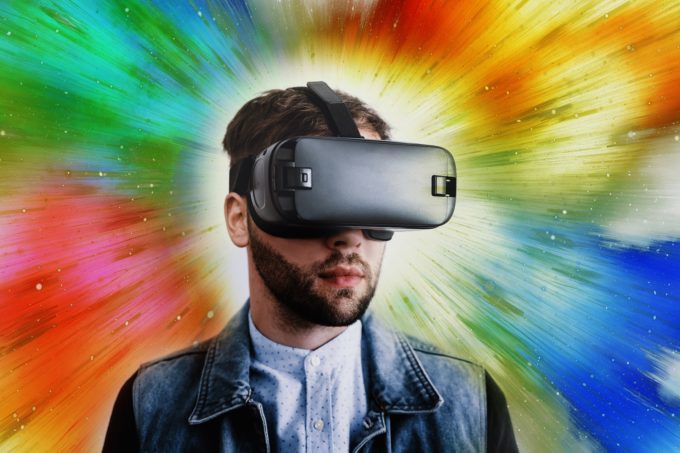By: Alfred Allen
The VR market is set to reach more than $190bn by 2022, and this presents an excellent opportunity for marketers to re-engage their consumer base
There are relatively few true innovations in advertising, and while experts constantly strive to develop something new to engage their audience, it appears that the next big step has delivered itself from outside the marketing world. Virtual reality (VR) technology has been a steadily growing rumble in the tech community over the past few years and is projected to reach a market value of $192.7bn in 2022, according to Statista. While the general populous have found themselves caught in the hype, businesses have found an excellent opportunity in the fervent anticipation.
But what does this mean for marketing, and how can businesses utilize this new software-based trend to promote their brands in the digital age?
We believe we have an answer.
Virtual versatility
As many businesses are slowly coming to realize, the concept of VR is quite a bit more fluid that many would initially assume, and this is a very beneficial piece of knowledge for those hoping to unlock its marketing potential.

Brands such as Ikea have utilized augmented reality (AR), allowing customers to see products inside their home prior to purchase, with the convenience of simply holding up their smartphone or tablet.
While this is a nifty piece of software for its pre-established customers, the advertising value of this application has been a resounding success. Gaining the Ikea app over 8.5 million downloads, and revitalizing interest in their brand as a whole, this step into VR development has been the impetus for a multitude of other companies following its engaging example.
A new frontier
When it comes to marketing in the digital age, antiquation is a more pressing concern than ever before. As the turnover of user interest in promotion rapidly increases, brands are feeling the pressure to come up with innovative solutions to this growing concern. While advertising specialists have always needed to find ways around the hurdles of customer engagement, the proliferation of the internet in daily life has given the average person a keen, disdainful eye for sales tactics.
Luckily, VR has a trump card that is rarely seen in this age of online marketing:
It is new.
The simple fact that consumers are excited about this form of technology creates a world of possibilities for those willing to dip their toe into the field. With the added benefit of overwhelming media coverage, consumers are actively excited to experience VR in all of its forms, giving these businesses that utilize it an actively engaged audience.
Creatively captivating

The main purpose of marketing is to engage your audience in a way that makes them interested in your service or product, so the ability to fully immerse them in your offerings is an incredibly valuable asset. VR is its own singular experience, ushering out the distractions and detriments that can often plague other forms of marketing media, and ensuring that the experience that your company is providing stays front and center in the minds of those that are part of it.
The memorable manipulation of the mind
It likely won’t come as a surprise to learn that the human brain is quite well-equipped for reacting to locations, and as VR works by deceiving the mind into a sense of immersion, the theory is the same. What does this mean for your marketing strategies? It means that your customers are significantly more likely to retain the information that is offered to them, far more than other forms of marketing.
There is a lot to look forward to in the next few years, and as virtual technologies continue to progress and change, we are sure to see some fantastic innovations coming our way. Only time will tell how the world of digital marketing will grow with this software, but whatever happens, it is certainly going to be a wild ride.
This article was repurposed from Innovation Enterprise Channels on 16 May 2019.

